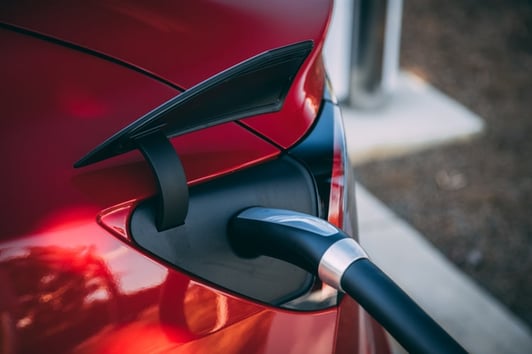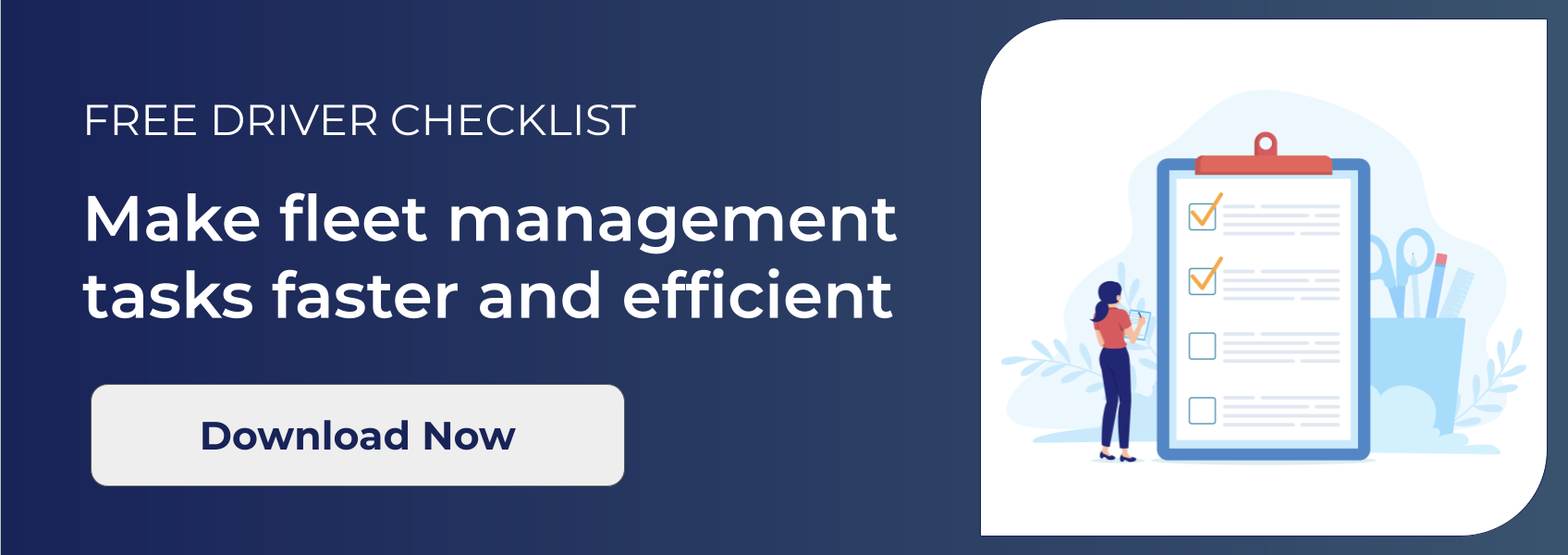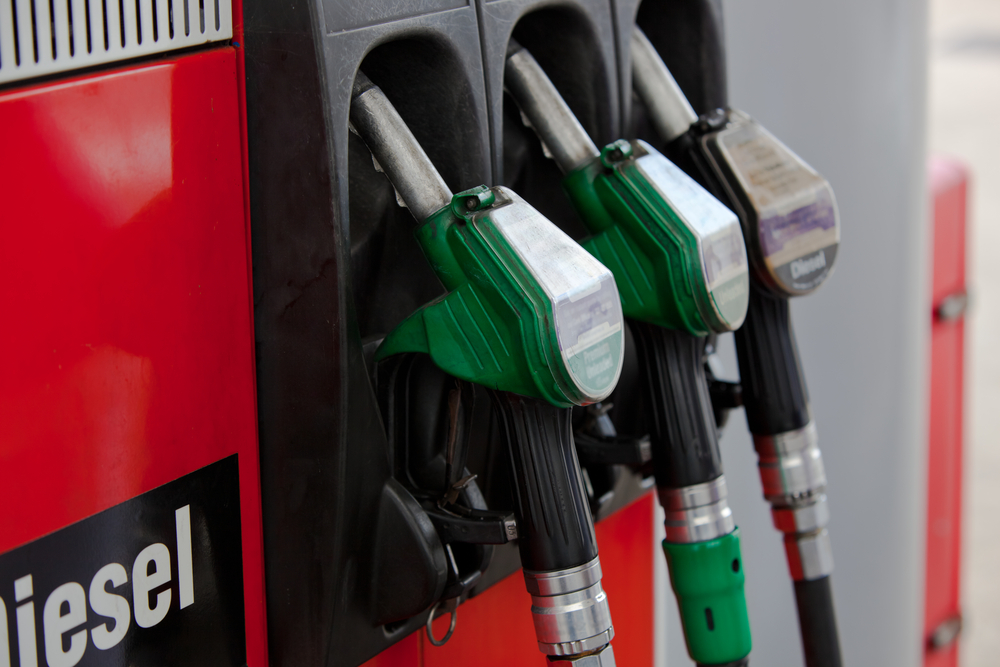Fuel economy has never been as high as it is today, and there is no sign that it will decrease in the foreseeable future. While you have no control over the circumstances - whether it's war in the oil-producing regions, infrastructure problems or tax increases - you can influence how much fuel your vehicles consume.
Increasing efficiency is like finding a hidden fuel tank in every vehicle. Before you start implementing management measures or technical changes, the first thing you need is good information about consumption.
Different traffic situations require different answers. Intercity traffic and city traffic are very different scenarios - you might do well in one and poorly in the other.
What does your analysis tell you about fuel consumption? Is it costing you a fortune to get lost and could you benefit from better wayfinding? Maybe the fleet performs well in urban areas but not as well as expected on the motorways. Maybe you have noticed over time that the balance is shifting or that inefficiencies have crept in where there were none before.

Here are 3 tips to find the hidden fuel:
1. Maintenance. Make sure the tyre pressure is optimal. Make sure the spark plugs and philtres are working properly. An unexpected increase in fuel consumption could indicate a mechanical defect and warrant an inspection of the vehicle.
2. Route planning. Do not get lost on the magic roundabouts of the motorway with the correct GPS and signposting applications. In the event of a diversion due to an accident, a traffic jam or simply getting lost, a system should be developed to determine the best route for the driver to use on the spot and also to enlist the help of the operations centre, which has the advantage of a bird's eye view.
3. By pooling information from across the fleet, you can identify where there are common problems and find a way to make savings. For example, are drivers giving too much gas at traffic lights for a particular type of vehicle? When driving cross-country, is the speed limiter set too high for that model to get the most benefit?
A high-quality tracking system can provide a complete driving history of a vehicle and fleet with activity, stop, idle and trip reports. Live traffic information helps you reroute your vehicles to avoid congestion before it becomes a problem, and the better systems allow you to send them a message about the best route to take away from trouble spots. No one can know everything about a destination, so having access to detailed maps and accurate directions is the best way to avoid getting lost.





